Home>Fans, Heaters & Lighting>What Is An Oil Filled Space Heater
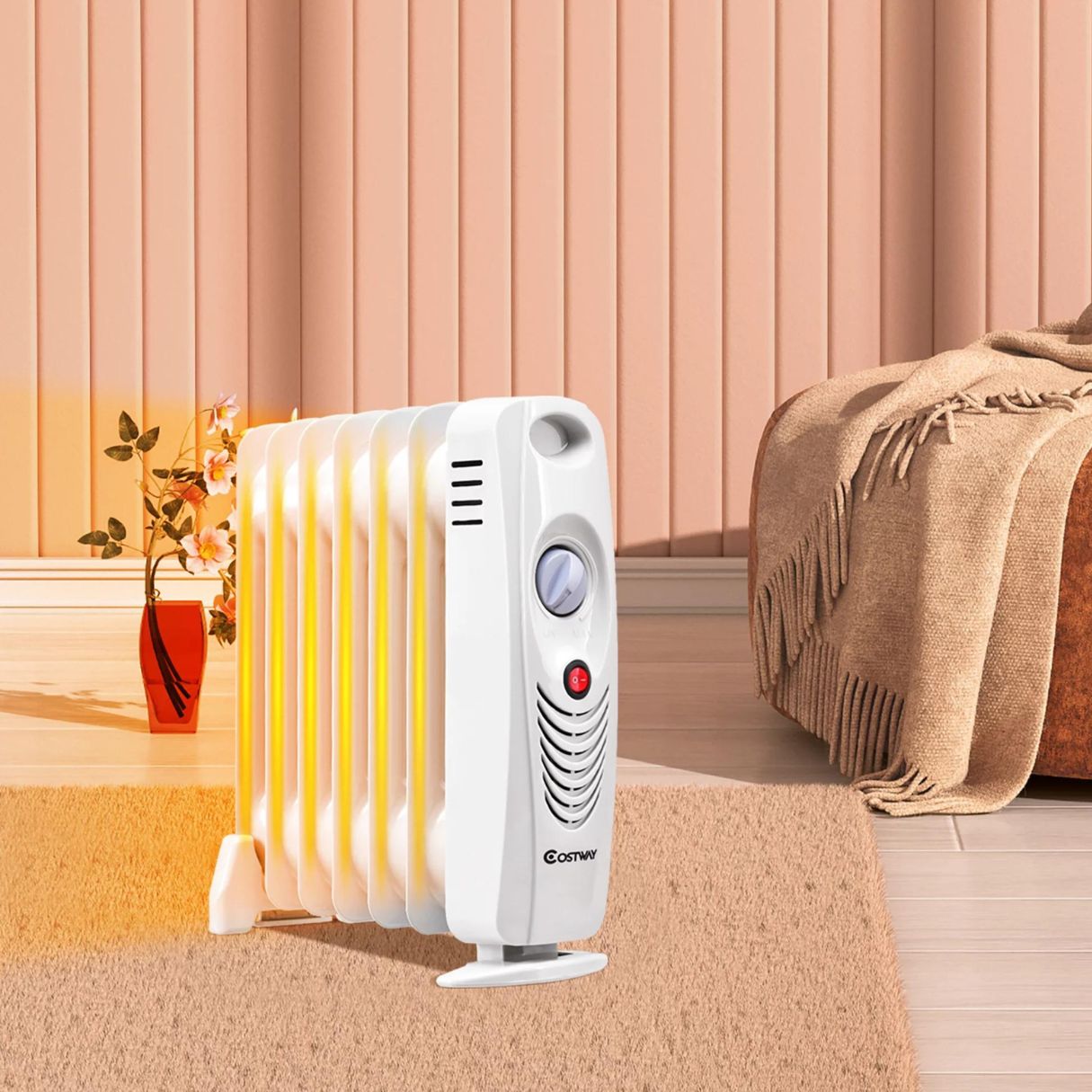

Fans, Heaters & Lighting
What Is An Oil Filled Space Heater
Modified: January 7, 2024
Discover the benefits and uses of oil filled space heaters with our informative articles. Explore the features and find the best models for your needs.
(Many of the links in this article redirect to a specific reviewed product. Your purchase of these products through affiliate links helps to generate commission for Storables.com, at no extra cost. Learn more)
Introduction
When the winter chill sets in, keeping our homes warm and comfortable becomes a top priority. While there are many different types of space heaters available on the market, one option that has gained popularity in recent years is the oil filled space heater. These heaters provide an efficient and effective way to heat small to medium-sized spaces.
An oil filled space heater, also known as a radiator heater, is a type of electric heater that uses oil as a heat transfer medium. Unlike traditional convection heaters that rely on air circulation to distribute heat, oil filled space heaters use radiant heat to warm up a room.
The concept of oil filled space heaters may sound a bit peculiar – after all, why would you want to fill a heater with oil? The answer lies in the excellent heat retention properties of oil. When the heater is turned on, the oil inside the unit heats up and retains that heat for an extended period, even after the heater is turned off. This makes oil filled space heaters more energy-efficient compared to many other types of electric heaters.
Oil filled space heaters work by heating up the oil inside the unit through an electric heating element. As the oil gets heated, it starts to circulate within the heater, transferring the heat to the surrounding metal fins or columns. These fins or columns then emit radiant heat, warming up the room. The warm air rises, creating a convection current that helps distribute the heat throughout the space.
One of the main benefits of using an oil filled space heater is its ability to provide a consistent and even heat output. The radiant heat emitted by the unit warms up objects and surfaces in the room, including walls and furniture, which in turn radiate the heat back into the space. This creates a comfortable and cozy environment, similar to the warmth provided by a traditional radiator.
Furthermore, oil filled space heaters are known for their silent operation. Unlike fan-forced heaters that can be noisy, oil filled space heaters operate silently, making them ideal for bedrooms, offices, or any area where noise may be a concern. This allows you to enjoy a peaceful and quiet environment while staying warm.
In the next sections, we will explore the benefits and drawbacks of using an oil filled space heater, discuss safety considerations, maintenance tips, and factors to consider when choosing this type of heater. We will also compare oil filled space heaters with other types of heaters on the market to give you a comprehensive understanding of their features and functionality.
Key Takeaways:
- Oil filled space heaters provide energy-efficient, silent, and consistent heating through radiant heat, making them a popular choice for small to medium-sized spaces.
- Prioritize safety, consider factors like heating capacity and portability, and compare with other heaters to choose the right oil filled space heater for your needs.
Definition of an Oil Filled Space Heater
An oil filled space heater, also known as an oil-filled radiator heater, is a type of electric heater that uses the heating properties of oil to provide warmth to a room or area. Unlike traditional electric heaters that rely on forced air or infrared technology, oil filled space heaters heat up oil inside the unit, which then radiates heat to warm up the surrounding air.
Oil filled space heaters are typically equipped with heating elements that are submerged in the oil, allowing it to heat up quickly and efficiently. The heated oil then circulates throughout the unit, transferring heat to the metal fins or columns that make up the heater’s body. These fins or columns serve as a heat exchanger, radiating the warmth into the space, providing consistent and even heating.
Most oil filled space heaters are designed with adjustable temperature settings, allowing users to control the level of heat output. Some models may also include additional features such as timers, adjustable thermostats, and even remote controls for added convenience.
One important feature to note is that despite the name, oil filled space heaters do not actually consume oil as a fuel source. The oil inside the heater acts as a heat reservoir, retaining the warmth generated by the heating element. This means that the oil does not need to be replaced or replenished, making oil filled space heaters a low-maintenance heating option.
Oil filled space heaters are typically portable and come in various sizes, making them suitable for heating small to medium-sized rooms. They are commonly used in homes, offices, garages, and other areas where supplemental heating is needed. They are especially popular in spaces where silent operation is desired, as oil filled space heaters operate quietly, without the need for a fan or blower.
Overall, an oil filled space heater is a reliable and energy-efficient heating option that provides consistent and comfortable warmth. Its passive heat distribution, silent operation, and customizable settings make it a popular choice for individuals looking to add supplemental heat or warm up specific areas in their living or workspaces.
How Oil Filled Space Heaters Work
Oil filled space heaters work on a simple yet effective principle of radiant heat transfer. Let’s take a closer look at how these heaters operate:
1. Heating Element: The oil-filled space heater contains a heating element, usually made of metal, that is submerged in the oil reservoir. When the heater is switched on, an electric current passes through the heating element, generating heat.
2. Heat Transfer: The heat generated by the heating element is transferred to the oil in the reservoir. As the oil heats up, it becomes a reservoir of warmth that can be stored and utilized even when the heater is turned off.
3. Convection and Radiant Heat Distribution: The heated oil circulates within the heater, transferring the warmth to the metal fins or columns that make up the heater’s body. These fins or columns act as heat exchangers, gradually radiating the heat into the surrounding air.
4. Radiant Heat Emission: Once the heat is transferred to the metal fins or columns, they emit radiant heat into the room. This radiant heat warms up the objects and surfaces in the room, including walls, furniture, and people, creating a comfortable and cozy environment.
5. Convection Current: As the air near the heater gets warmed up by the radiant heat, it rises, creating a convection current. This convection current carries the warm air towards the top of the room while drawing in cooler air from the bottom. This circulation of air helps distribute the heat more evenly throughout the space.
6. Energy Efficiency: One of the key advantages of oil filled space heaters is their energy efficiency. Once the oil is heated, it retains heat for a long period of time, even after the heater is turned off. The stored heat continues to radiate, keeping the room warm without consuming additional electricity, resulting in energy savings. Additionally, due to the passive heating approach, no fan is required, further reducing energy consumption and operating noise.
It is important to note that oil-filled space heaters do not burn the oil as a fuel source. The oil inside the unit acts solely as a heat reservoir, retaining and radiating warmth. This makes these heaters safe to use, as there is no combustion or risk of oil leakage.
Overall, the operation of oil filled space heaters is simple, effective, and efficient. They provide a reliable source of heat, offering a comfortable and cozy environment during cold winter months.
Benefits of Using an Oil Filled Space Heater
Oil filled space heaters offer several benefits that make them a popular choice for keeping homes and offices warm. Let’s explore some of the advantages of using these heaters:
1. Energy Efficiency: Oil filled space heaters are known for their energy efficiency. The oil inside the heater acts as a heat reservoir, retaining and radiating warmth even after the heater is turned off. This means that the heater does not have to constantly run to maintain the desired temperature, resulting in energy savings and lower utility bills.
2. Silent Operation: Unlike fan-operated heaters that can be noisy, oil filled space heaters operate silently. Without the need for a fan or blower, they provide a peaceful and quiet environment, making them ideal for use in bedrooms, offices, or any space where noise may be a concern.
3. Comfortable and Even Heating: Oil filled space heaters emit radiant heat that warms up objects and surfaces in the room, creating a comfortable and cozy environment. The radiant heat is distributed evenly, eliminating hot and cold spots in the space. This helps maintain a consistent and pleasant temperature throughout the room.
4. Safe to Use: Oil filled space heaters are designed with safety features that make them a reliable heating option. They typically have built-in overheat protection, which shuts off the heater if it exceeds a certain temperature. Additionally, the surface of the heater remains cool to the touch, reducing the risk of burns or accidental contact with hot surfaces.
5. Portable and Versatile: Most oil filled space heaters are lightweight and equipped with wheels, making them easy to move around and position wherever heat is needed. Whether you want to warm up a living room, office, or bedroom, these heaters can be easily transported and provide heat wherever it’s required.
6. No Dry Air: Unlike some other types of heaters, oil filled space heaters do not dry out the air in the room. As they do not rely on forced air circulation, there is no direct airflow that can lead to dryness or discomfort. This makes them suitable for individuals who suffer from dry skin, allergies, or respiratory issues.
7. Long Lifespan: Oil filled space heaters are built to last. With proper care and maintenance, they can provide reliable heating for many years. The absence of moving parts, such as a fan, reduces the chances of mechanical failure, resulting in a longer lifespan compared to other types of heaters.
Overall, oil filled space heaters offer energy efficiency, silent operation, even heating, and safety features that make them a desirable heating option. Their portability and versatility allow for convenient use in various spaces, providing warmth and comfort during chilly winter months.
Drawbacks of Using an Oil Filled Space Heater
While oil filled space heaters offer numerous benefits, it’s important to consider the potential drawbacks before making a purchasing decision. Here are some drawbacks of using an oil filled space heater:
1. Slow Heat-Up Time: One of the main drawbacks of oil filled space heaters is their slow heat-up time. Unlike fan-forced heaters that provide instant heat, oil filled heaters take some time to warm up and start radiating heat. This means you’ll need to allow for additional pre-heating time to reach the desired temperature.
2. Long Recovery Time: Similarly, oil filled space heaters also have a long recovery time. Once you turn off the heater, it takes a while for the oil to cool down, which means the heater will continue to emit heat even after it’s been switched off. This can be inconvenient if you want to quickly adjust the temperature or turn off the heater completely.
3. Not Suitable for Large Spaces: Oil filled space heaters are typically designed for small to medium-sized rooms. They may not be powerful enough to effectively heat larger spaces. If you’re trying to heat a large living room or open concept area, multiple units may be needed, which can increase energy consumption and cost.
4. Bulky and Takes Up Space: Oil filled space heaters tend to be bulkier and heavier compared to other types of heaters. Although they are equipped with wheels for easy maneuverability, they can still take up floor space and may not be suitable for cramped or small areas where space is limited.
5. Gradual Cooling: Once the oil filled space heater is turned off, it gradually cools down and continues to emit residual heat. While this can be beneficial in terms of energy efficiency, it may not be ideal if you want the temperature to cool down quickly. It’s important to consider this cooling period when planning to turn off the heater.
6. Safety Concerns: While oil filled space heaters are generally safe to use, there is a slight risk of oil leakage. Although rare, a manufacturing defect or damage to the unit may cause the oil to leak. It’s important to regularly inspect the heater and ensure there are no signs of leaks to maintain a safe environment.
7. Initial Cost: Compared to other types of space heaters, oil filled space heaters can have a higher upfront cost. However, it is important to consider their long lifespan and energy efficiency, which can potentially offset the initial investment over time.
Overall, while oil filled space heaters offer many benefits, there are some drawbacks to consider. Slower heat-up and recovery times, limitations in heating large spaces, their bulkiness, and potential safety concerns should be taken into account when deciding whether an oil filled space heater is the right choice for your heating needs.
When using an oil-filled space heater, make sure to place it on a level surface and keep it away from any flammable materials. Regularly check for any signs of wear and tear to ensure safe operation.
Safety Considerations for Oil Filled Space Heaters
When using any type of electric heater, including oil filled space heaters, it’s essential to prioritize safety. Here are some important safety considerations to keep in mind:
1. Placement: Position the oil filled space heater on a level and stable surface, away from flammable materials such as curtains, bedding, or furniture. Ensure there is a minimum distance of at least three feet between the heater and any combustible objects.
2. Fire Safety: Do not place any items on top of the heater or use it as a drying rack for clothes or towels. This can pose a fire hazard and obstruct the heat distribution. Additionally, avoid using extension cords or power strips with the heater, as these can overheat and cause a fire.
3. Overheating Protection: Choose a model with built-in overheating protection. This safety feature automatically shuts off the heater if it reaches a certain temperature, preventing potential hazards. Check for a safety certification label on the heater, such as UL or ETL, which ensures that it meets specific safety standards.
4. Tip-Over Switch: Look for an oil filled space heater that includes a tip-over switch. This switch automatically turns off the heater if it is accidentally knocked over or tilted, reducing the risk of fires or accidents.
5. Child and Pet Safety: If you have young children or pets, take extra precautions to ensure their safety. Keep the heater out of their reach and supervise them when in close proximity to the heater. Consider using a heater with a protective grill or cover to prevent accidental contact with the heating elements.
6. Ventilation: Ensure proper ventilation in the room where the heater is being used. Although oil filled space heaters do not emit fumes or gases, having fresh airflow can help maintain air quality and prevent a stuffy environment.
7. Regular Maintenance: Follow the manufacturer’s guidelines for maintenance and cleaning of the heater. Keep the heater clean and free from dust accumulation, as this can obstruct the flow of heat and potentially pose a fire risk.
8. Unattended Use: Avoid leaving the oil filled space heater unattended for long periods. When leaving the room or going to sleep, it is recommended to turn off the heater and unplug it from the power source to eliminate any potential safety hazards.
9. Read the Manual: Before using the oil filled space heater, read and familiarize yourself with the manufacturer’s instructions and safety precautions outlined in the user manual. This will ensure proper usage and minimize the risk of accidents or damage.
By following these safety considerations, you can enjoy the comfort and convenience of an oil filled space heater while keeping your home and loved ones safe from potential hazards. It’s essential to use caution and exercise responsible practices when operating any type of heating device.
Factors to Consider When Choosing an Oil Filled Space Heater
When selecting an oil filled space heater for your heating needs, there are several factors to consider. These factors will help you choose the right heater that suits your preferences and requirements. Here are some key factors to consider:
1. Heating Capacity: Determine the heating capacity you need based on the size of the room or area you want to heat. Look for the heater’s power rating, measured in watts, which indicates the amount of heat the heater can produce. Consider choosing a heater that can adequately heat your desired space without consuming excessive energy.
2. Size and Portability: Consider the size and portability of the heater. If you plan to move the heater around different rooms or areas, look for a model with wheels or handles, making it easy to transport. Additionally, ensure the dimensions of the heater fit your available space, especially if you have limited floor space.
3. Temperature Control: Look for an oil filled space heater with adjustable temperature settings. This allows you to customize and maintain the desired level of warmth in your space. Some heaters offer digital displays and precise temperature control, while others use simple thermostat knobs.
4. Safety Features: Prioritize safety features when choosing an oil filled space heater. Look for heaters with overheat protection, which automatically shuts off the heater if it reaches a certain temperature. Additionally, consider models with tip-over switches that turn off the heater if it is accidentally knocked over or tilted.
5. Energy Efficiency: Consider the energy efficiency of the heater. Look for heaters with energy-saving features such as programmable timers, thermostats, or eco modes that help reduce energy consumption. Energy-efficient models can not only save you money on your utility bills but also reduce their impact on the environment.
6. Noise Level: If noise is a concern for you, consider choosing a heater that operates quietly. Oil filled space heaters are known for their silent operation since they don’t have a fan. Read reviews or check product specifications to ensure that the heater operates quietly and won’t disturb your peace and tranquility.
7. Additional Features: Consider any additional features that may enhance your experience with the heater. This could include a remote control for convenient operation, timer functions for automatic shut-off, or multiple heat settings for versatility. Determine which features are important to you and choose a heater that offers them.
8. Brand Reputation: Research the reputation and credibility of the brand. Look for trusted and well-established brands that have a history of producing reliable and high-quality heaters. Reading customer reviews and checking for certifications can also provide insights into the performance and durability of the heater.
9. Budget: Set a budget for your oil filled space heater purchase. Determine how much you are willing to spend, keeping in mind that higher-quality and feature-rich heaters may come at a higher price. It’s important to find a balance between your budget and the desired features and performance of the heater.
By considering these factors, you can make an informed decision when selecting an oil filled space heater. It’s important to assess your specific needs and preferences to find a heater that meets your heating requirements efficiently and effectively.
Maintenance and Cleaning of Oil Filled Space Heaters
To ensure the optimal performance and longevity of your oil filled space heater, regular maintenance and cleaning are crucial. Here are some important tips to keep in mind:
1. Read the Manual: Before performing any maintenance or cleaning tasks, refer to the manufacturer’s manual for specific instructions and guidelines. This will help you understand the recommended maintenance procedures for your particular heater model.
2. Power Off and Disconnect: Before starting any maintenance or cleaning tasks, make sure to turn off the heater and unplug it from the power source. This prevents any accidental activation or electrical hazards during the process.
3. Dust and Debris Removal: Remove any accumulated dust or debris from the surface of the heater. Gently wipe the exterior with a soft, dry cloth. Avoid using water or cleaning agents, as these can damage the unit. Regular dusting helps maintain the efficiency of the heater and prevents potential overheating.
4. Fin Cleaning: The metal fins or columns of the heater can collect dust and debris over time, obstructing the heat flow. To clean the fins, use a soft brush or a vacuum cleaner with a brush attachment to gently remove any build-up. Be careful not to bend or damage the fins during the cleaning process.
5. Oil Leakage Check: Inspect the heater for any signs of oil leakage. If you notice oil stains or a strong odor, discontinue using the heater and contact the manufacturer or a qualified technician for assistance. Oil leakage can be a safety hazard and should be addressed immediately.
6. Storage: If you plan to store the heater during the off-season, ensure it is clean and dry before storing it in a safe place. Remove any dust or debris, and make sure the heater is completely cooled down. Store the heater in an upright position to prevent any oil leakage or damage to the unit.
7. Professional Servicing: Consider having your oil filled space heater professionally serviced periodically. A professional technician can inspect the internal components, check for any issues, and perform any necessary repairs or maintenance tasks. This can help extend the lifespan of the heater and ensure its optimal performance.
8. Regular Inspections: Routinely inspect the power cord and plug for any signs of damage or wear. If you notice any fraying or exposed wires, discontinue using the heater and have it repaired or replaced. Regular inspections help maintain the safety and functionality of the heater.
It’s important to prioritize regular maintenance and cleaning to ensure the efficient and safe operation of your oil filled space heater. By following these guidelines and properly caring for the heater, you can enjoy its heating benefits for years to come.
Comparison of Oil Filled Space Heaters with Other Types of Heaters
When it comes to selecting a heater for your space, it’s important to compare different types to determine which one best suits your needs. Here’s a comparison of oil filled space heaters with other common types of heaters:
1. Convection Heaters: Convection heaters work by heating the air directly and then circulating it throughout the room. They can be either fan-forced or natural convection heaters. Oil filled space heaters, on the other hand, primarily use radiant heat to warm up the surrounding objects and surfaces, creating a cozy and comfortable environment. Convection heaters tend to heat up faster, while oil filled space heaters provide a longer-lasting, more uniform heat distribution.
2. Ceramic Heaters: Ceramic heaters, also known as ceramic element heaters, use a ceramic plate with an electrical heating element. They heat up quickly and provide instant warmth. However, they do not retain heat as effectively as oil filled space heaters. Once turned off, ceramic heaters cool down faster compared to oil filled space heaters, which continue to emit residual heat after being switched off. Ceramic heaters are lightweight and portable, making them suitable for small spaces or spot heating.
3. Infrared Heaters: Infrared heaters use infrared radiation to directly heat objects and people in their line of sight. They operate silently and provide instant warmth, similar to ceramic heaters. However, their heating range is limited, and they are most effective when used in close proximity. In contrast, oil filled space heaters provide more evenly distributed heat throughout the room, making them suitable for larger spaces.
4. Fan-Forced Heaters: Fan-forced heaters, also called forced air heaters, use a built-in fan to circulate heated air throughout the space. They can heat up a room quickly, but they often produce noise due to the operation of the fan. Oil filled space heaters, on the other hand, operate silently, providing a peaceful environment. Fan-forced heaters tend to have a faster heat-up time, while oil filled space heaters offer longer-lasting heat retention and more consistent heating.
5. Propane Heaters: Propane heaters, commonly used in outdoor spaces or poorly insulated areas, rely on burning propane gas for heat. They require proper ventilation due to the combustion process. Oil filled space heaters, in comparison, operate on electricity and do not produce any fumes, making them safe for indoor use without the need for ventilation. Additionally, propane heaters require a ready supply of propane fuel, while oil filled space heaters do not require any additional fuel, making them more convenient.
Overall, the choice between oil filled space heaters and other types of heaters depends on factors such as heating needs, space requirements, energy efficiency, noise levels, and safety considerations. Oil filled space heaters excel in providing a consistent, comfortable, and energy-efficient heating solution, especially for small to medium-sized rooms, without the need for a fan or additional fuel.
Conclusion
Oil filled space heaters offer a reliable and efficient heating solution for small to medium-sized spaces. With their unique design and use of radiant heat, these heaters provide consistent and comfortable warmth without the need for a fan or additional fuel.
Throughout this article, we have explored the definition and workings of oil filled space heaters. We have discussed their benefits, such as energy efficiency, silent operation, even heating, and safety features. Additionally, we have highlighted some of the drawbacks, including slow heat-up time, long recovery time, and space limitations.
When considering an oil filled space heater, it is essential to prioritize safety by following recommended placement guidelines, conducting regular maintenance and cleaning, and understanding the manufacturer’s instructions and safety precautions.
When choosing an oil filled space heater, factors such as heating capacity, size, temperature control, safety features, energy efficiency, noise level, brand reputation, and budget should be taken into account. Assessing your specific needs and preferences will guide you towards selecting the heater that best meets your requirements.
Furthermore, it’s helpful to compare oil filled space heaters with other types of heaters to determine the most suitable option. Understanding the differences between convection heaters, ceramic heaters, infrared heaters, fan-forced heaters, and propane heaters will assist you in making an informed decision.
In conclusion, oil filled space heaters offer a reliable and energy-efficient heating solution. Their consistent and even heat distribution, silent operation, and ease of use make them a popular choice for individuals seeking comfort during cold winter months. By considering the safety precautions, conducting proper maintenance and cleaning, and choosing the right heater for your needs, you can enjoy the warmth and coziness provided by an oil filled space heater for years to come.
Frequently Asked Questions about What Is An Oil Filled Space Heater
Was this page helpful?
At Storables.com, we guarantee accurate and reliable information. Our content, validated by Expert Board Contributors, is crafted following stringent Editorial Policies. We're committed to providing you with well-researched, expert-backed insights for all your informational needs.
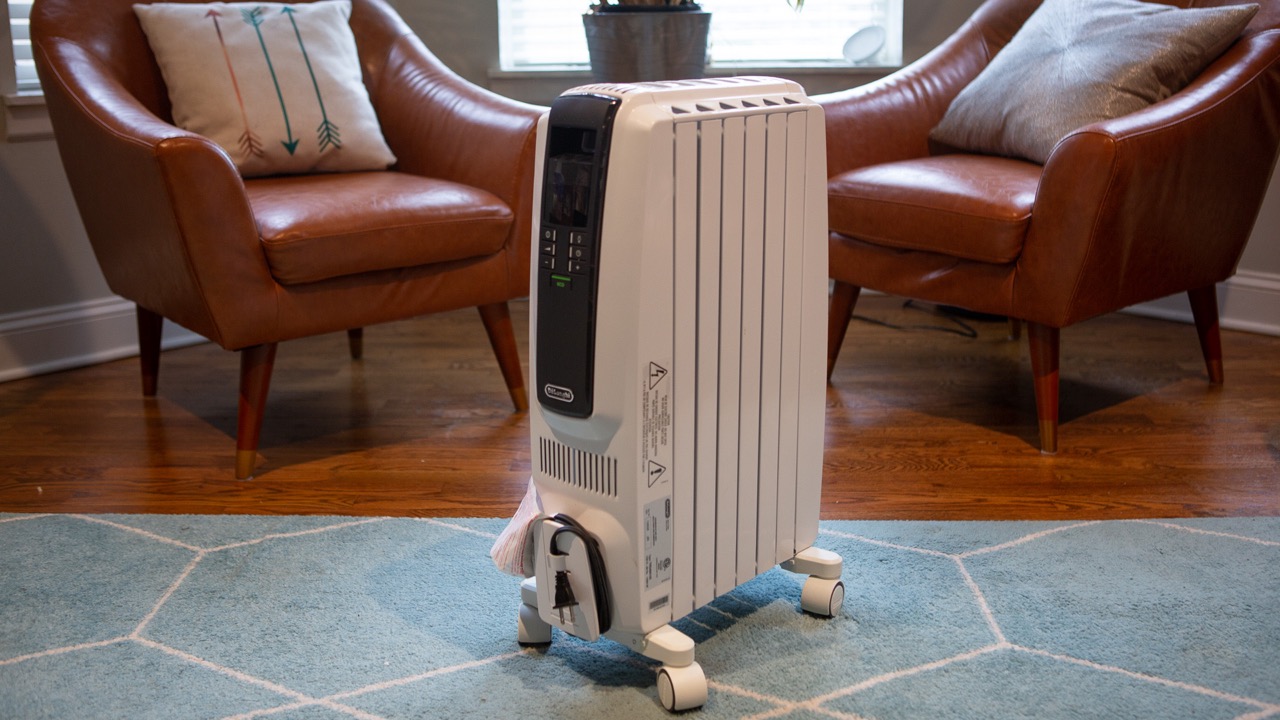
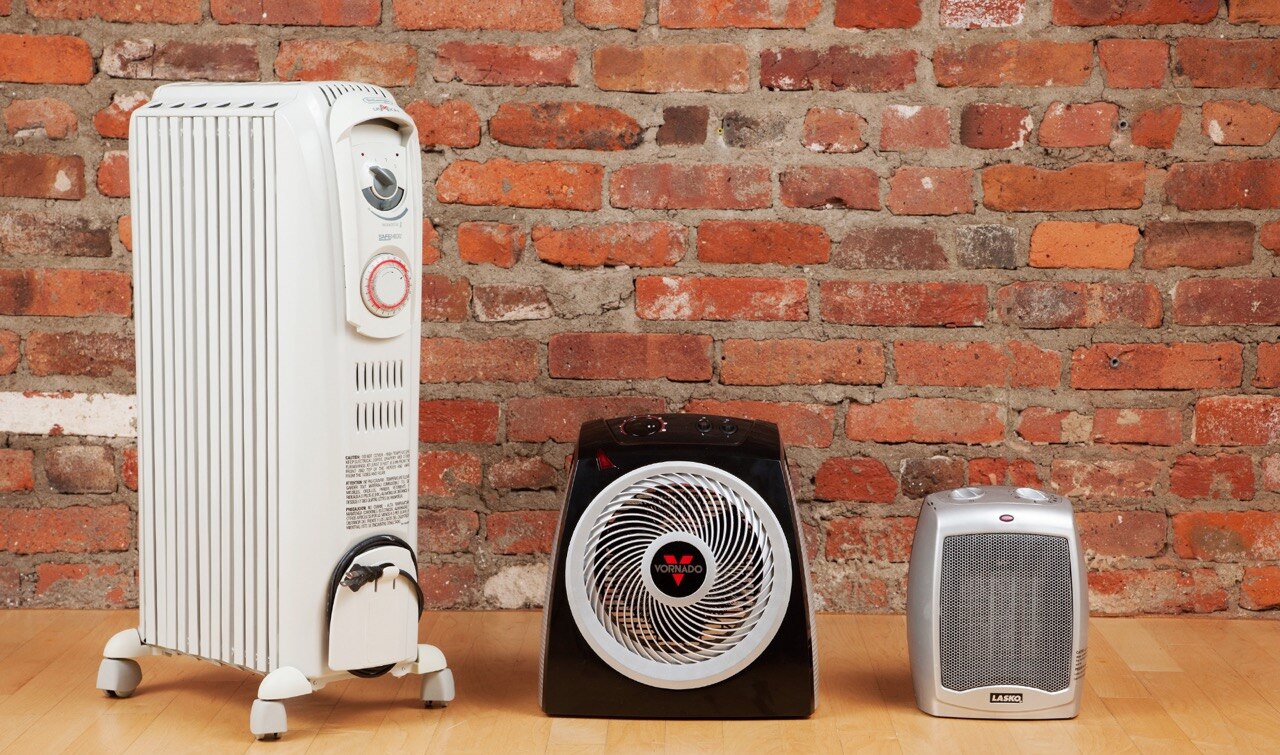
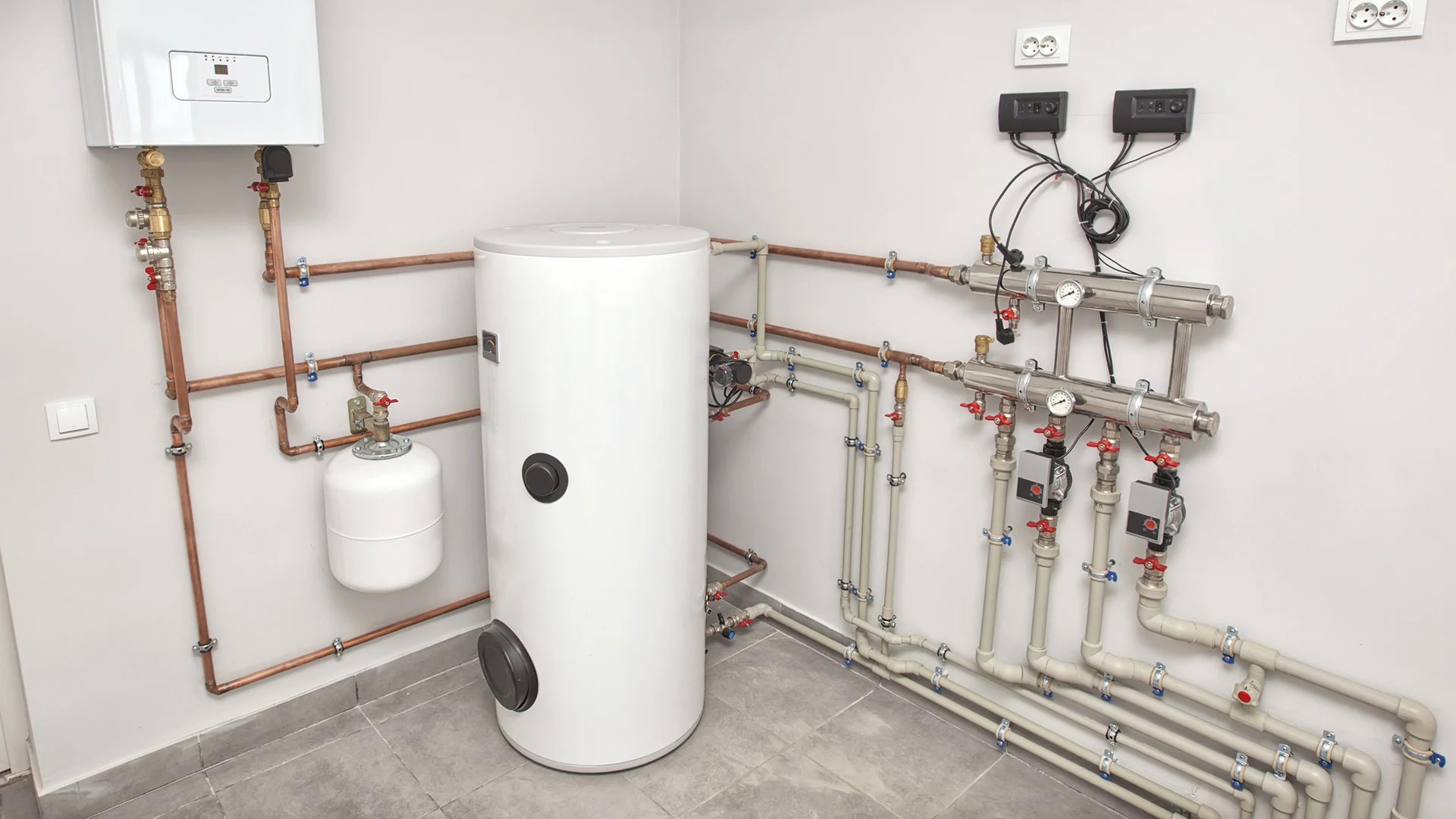
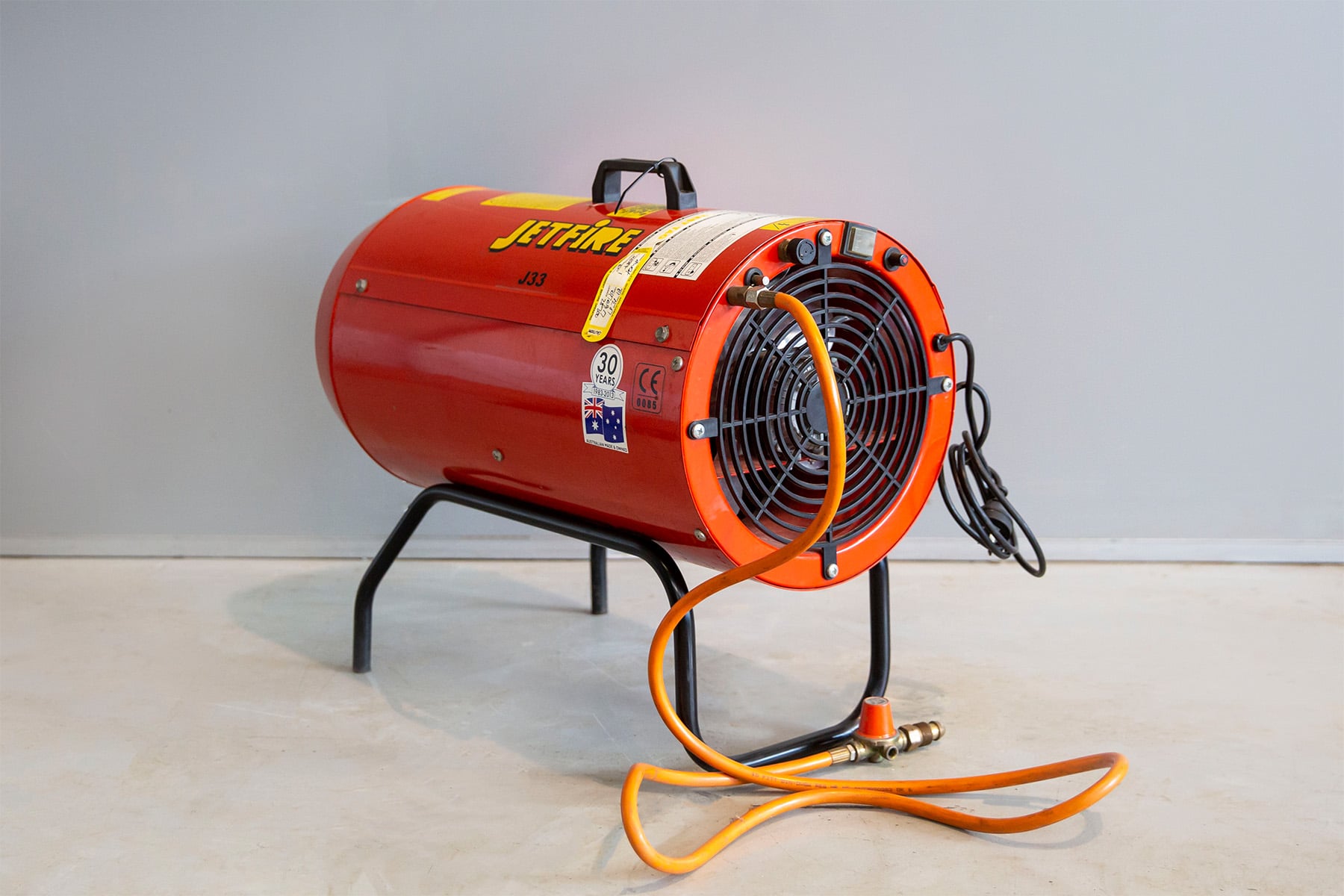
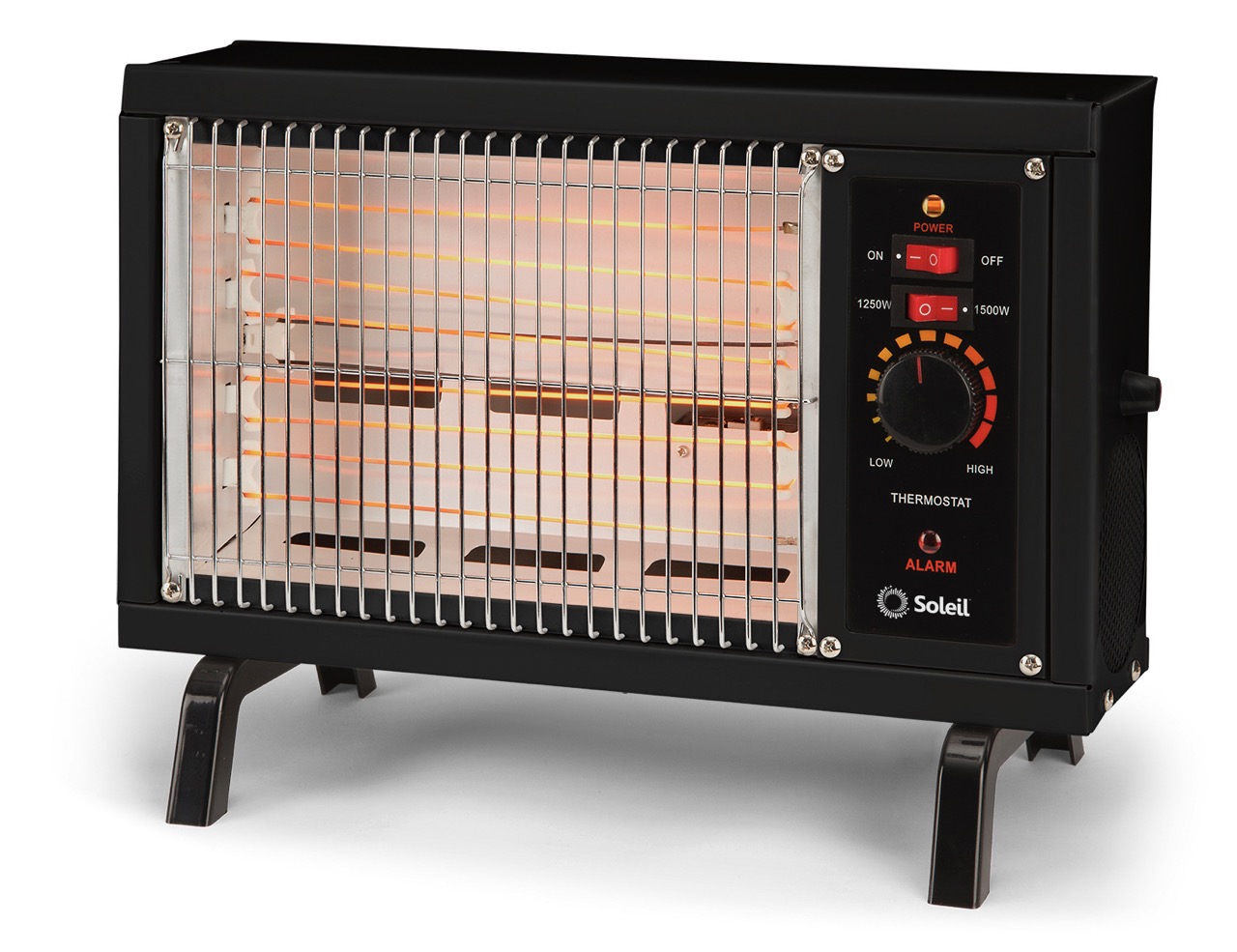
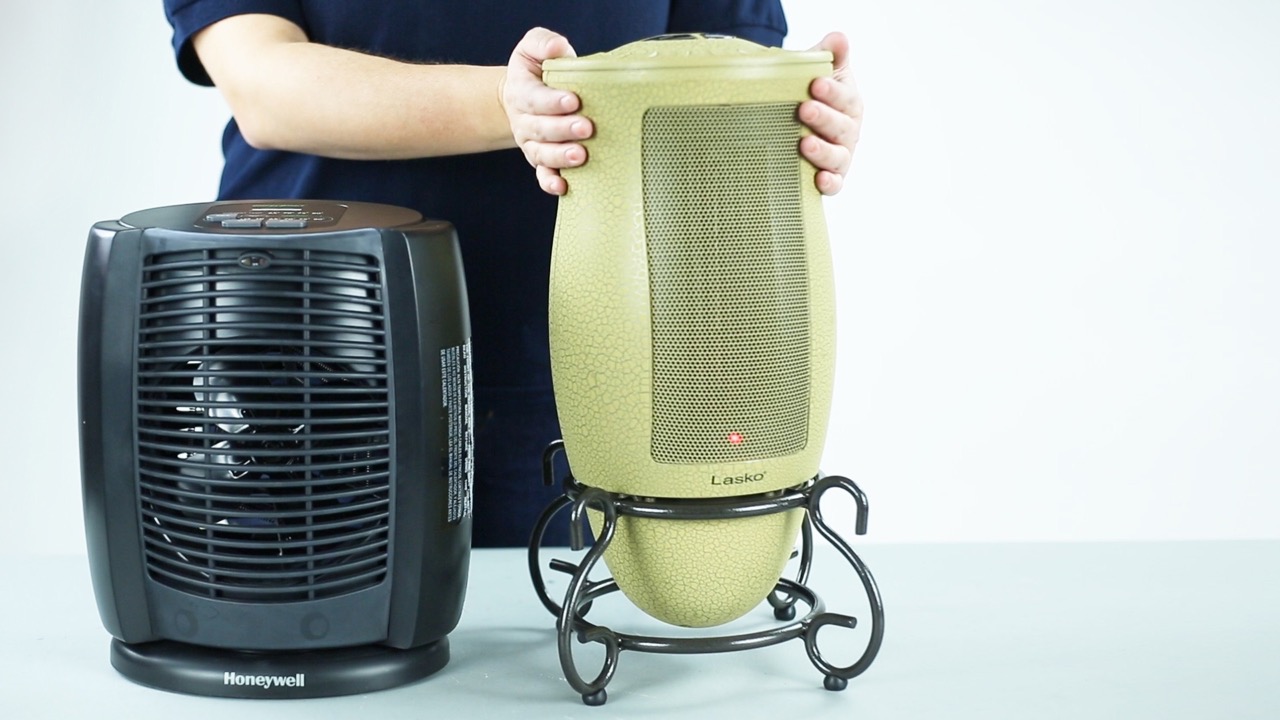
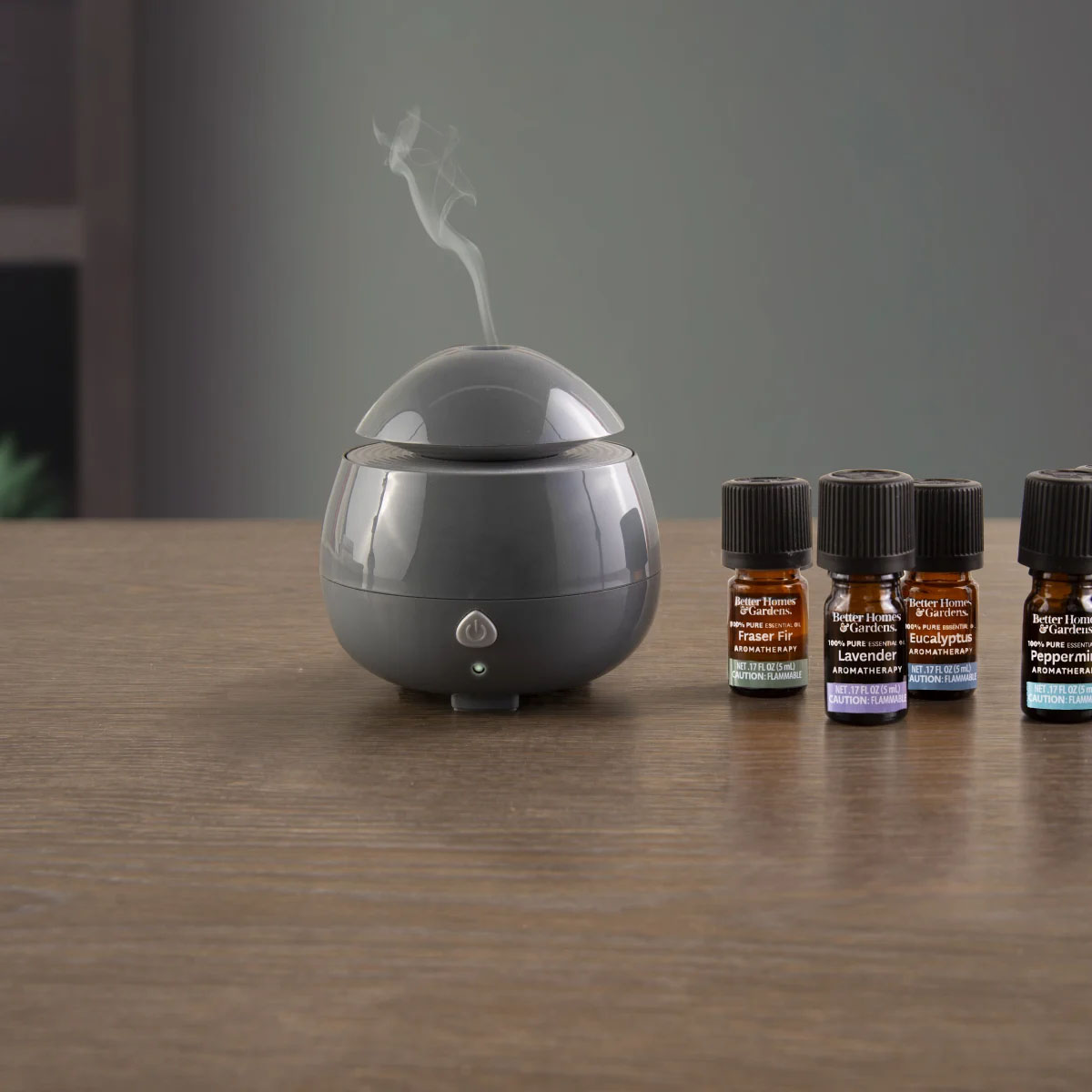
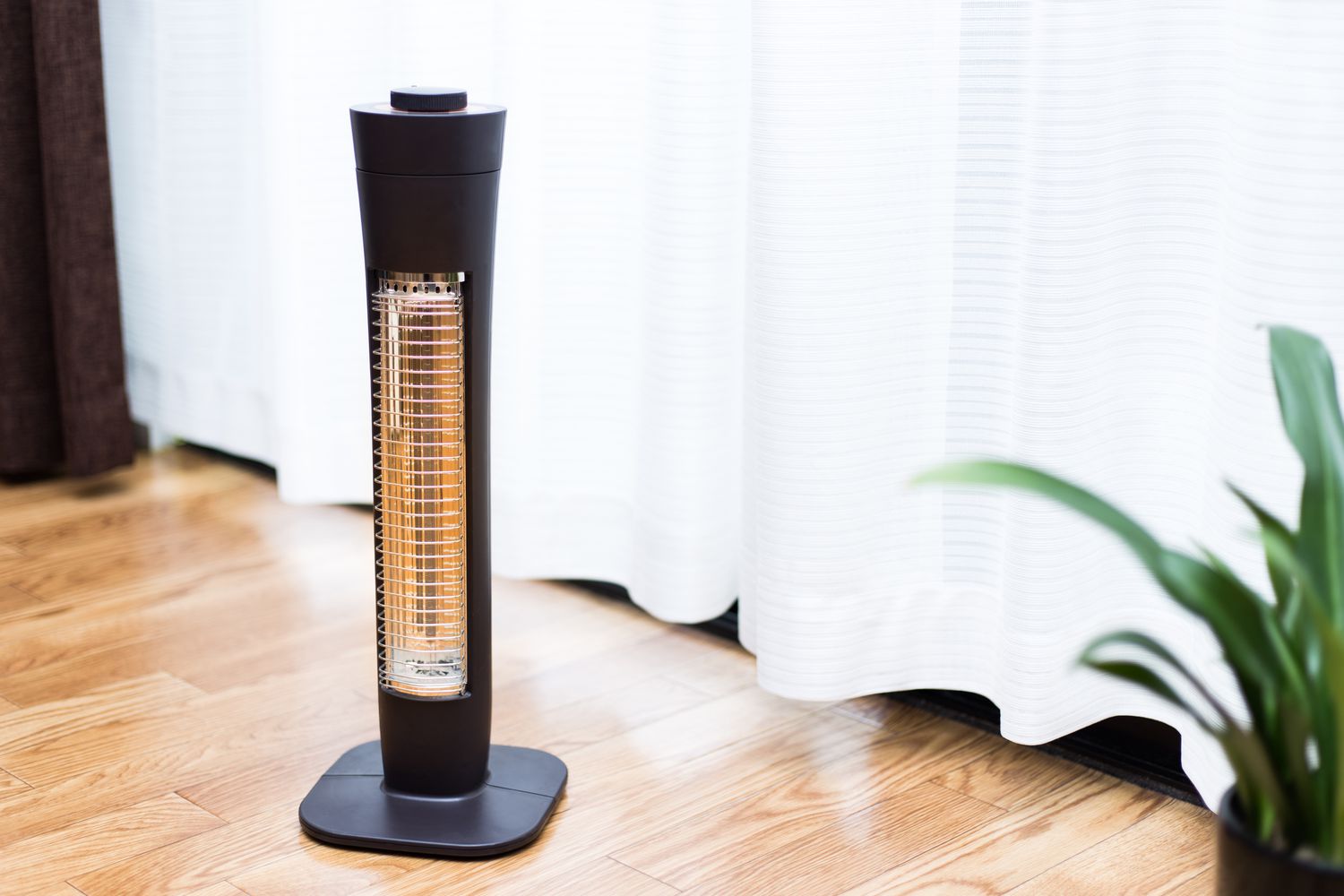


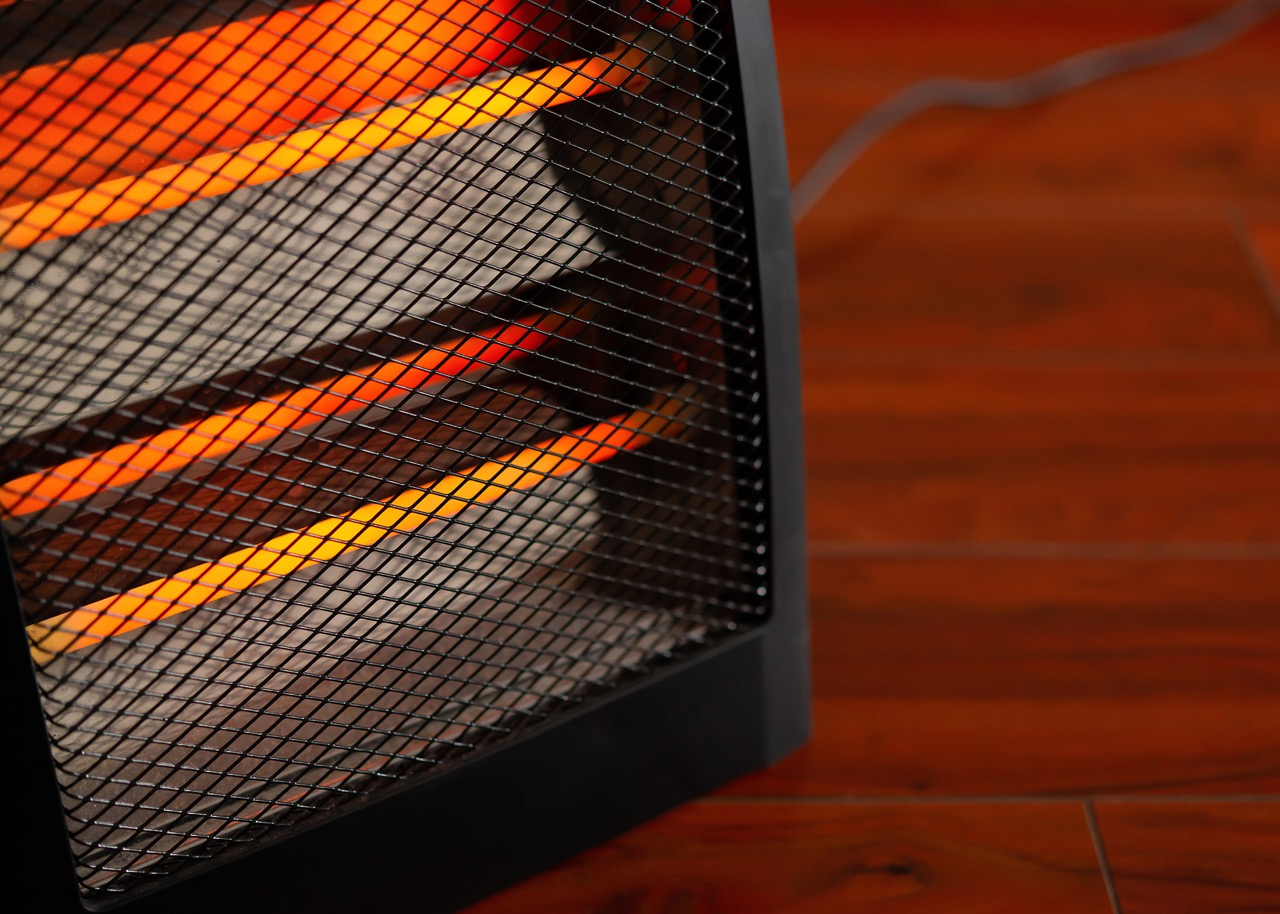
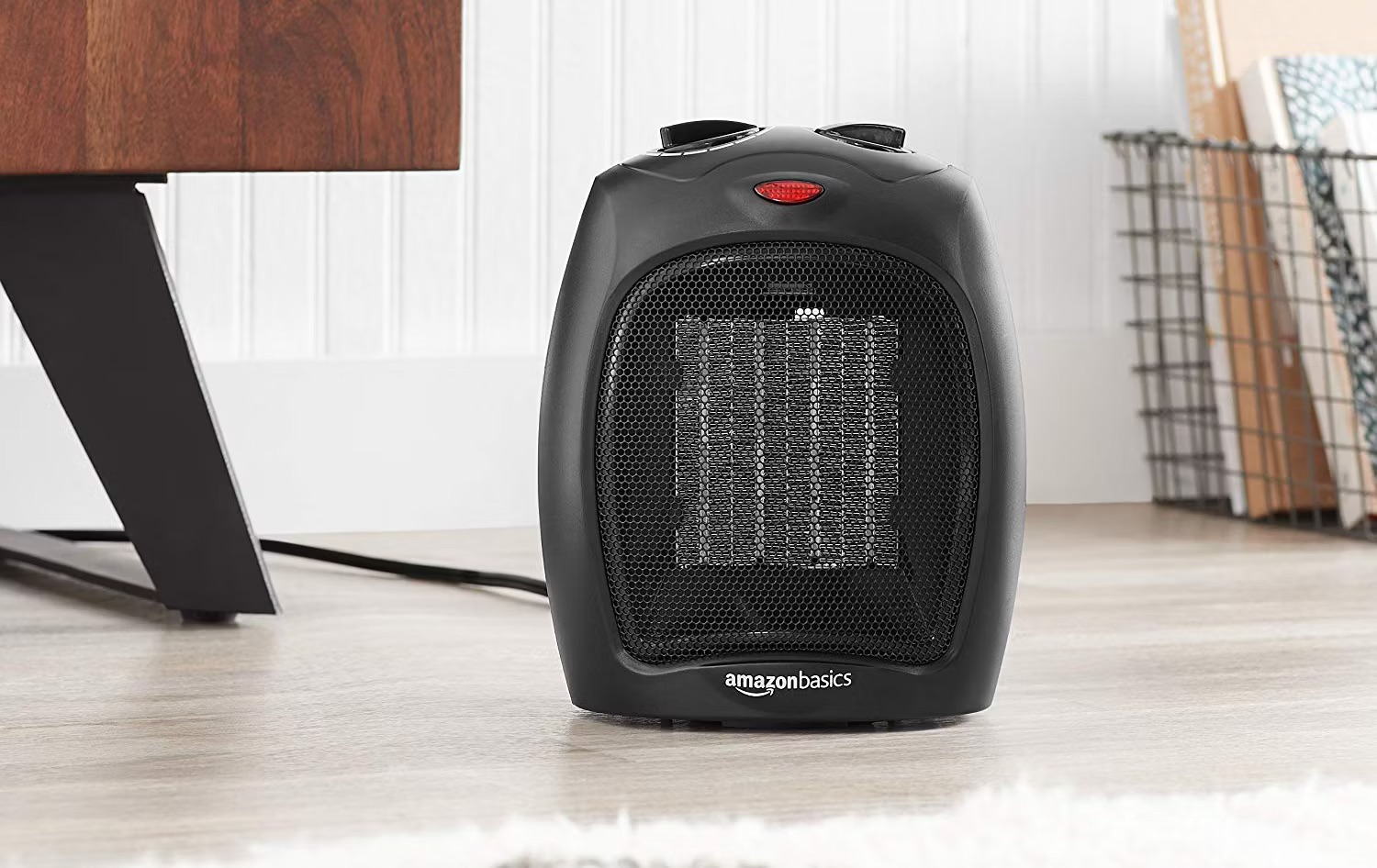
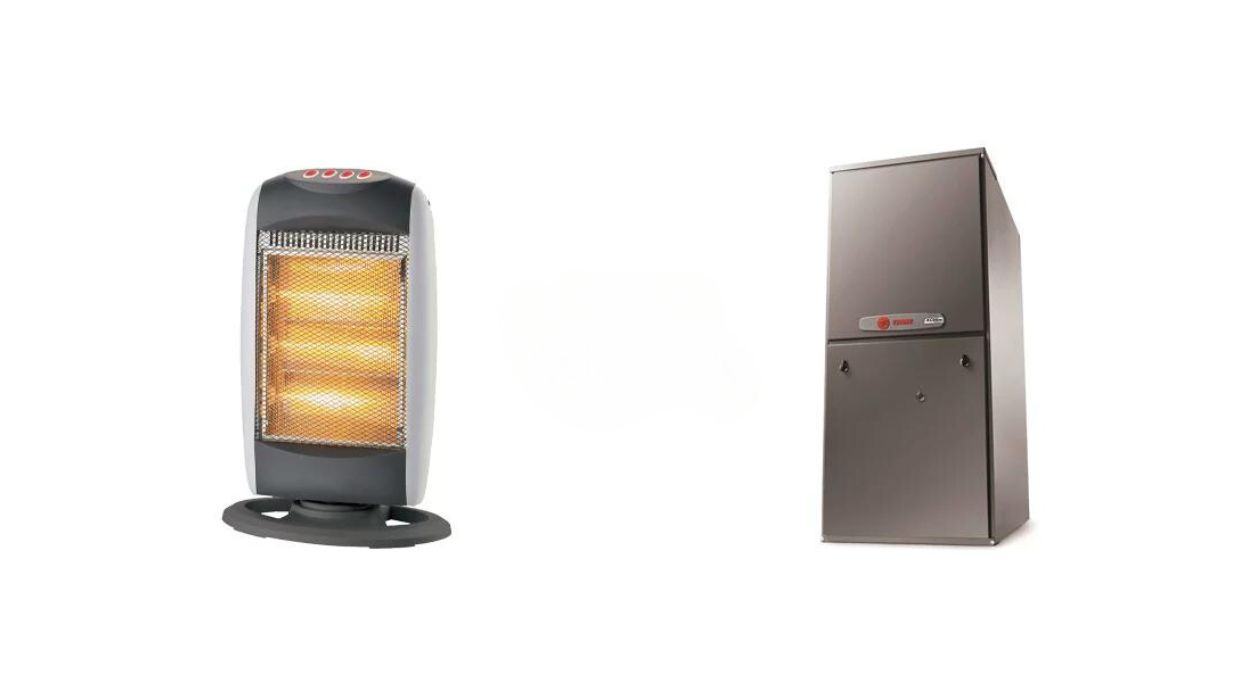

0 thoughts on “What Is An Oil Filled Space Heater”